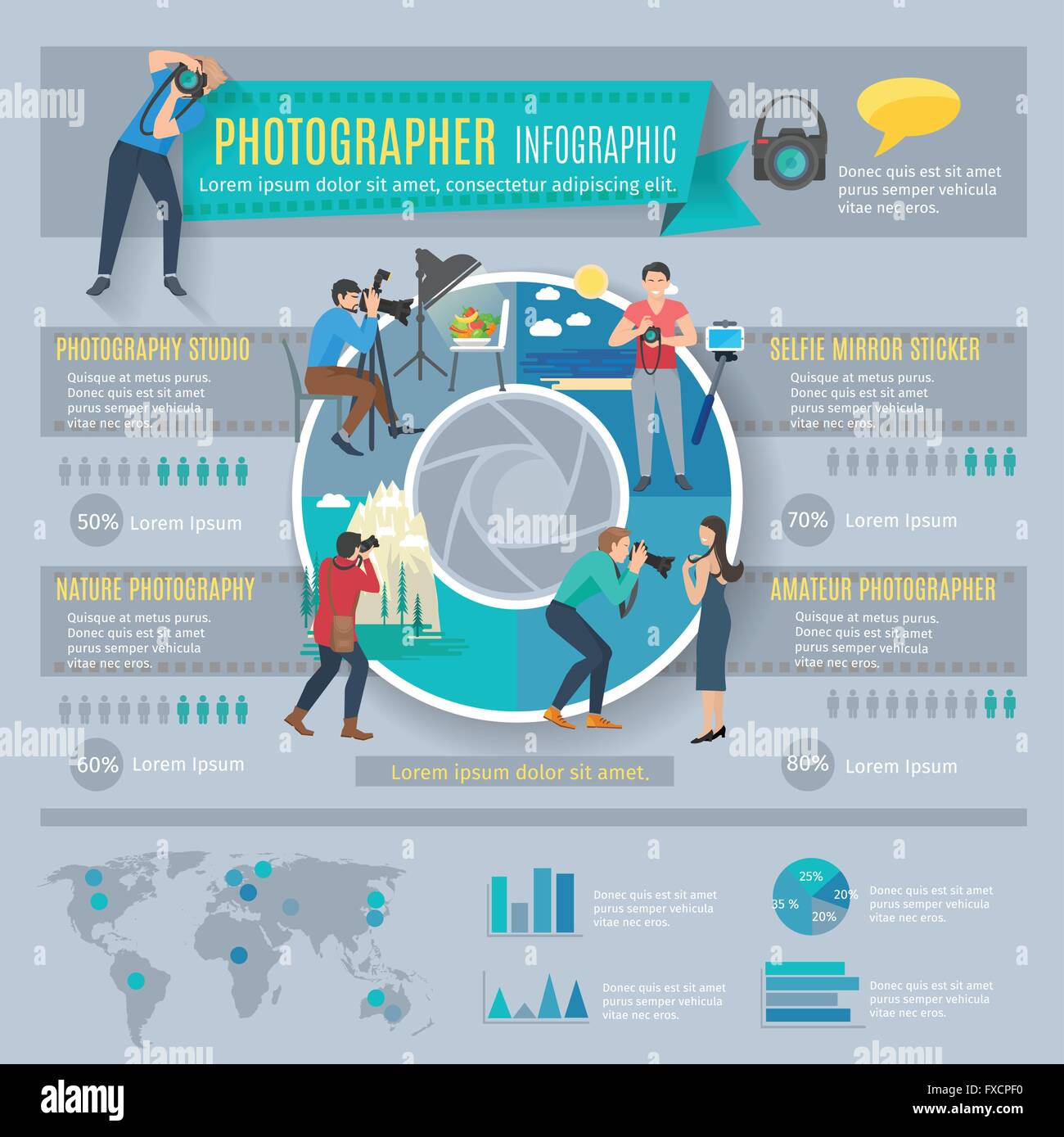What Every Digital Photographer Should Learn About Lights
What Every Digital Photographer Should Learn About Lights
Blog Article
Short Article By-Boone Ibrahim
As a photographer, you know that lights can make or damage your pictures. Comprehending the subtleties of both all-natural and fabricated light is crucial for catching the state of mind and clarity you aim for in your job. Whether find out this here chasing after the ideal golden hour glow or tweak your synthetic configurations, grasping these components can raise your photography substantially. Yet there are common pitfalls that several ignore, and recognizing them can transform your strategy to every shoot. Let's explore what you might be missing and how it can influence your results.
Understanding Natural Light
Recognizing all-natural light is essential for any kind of professional photographer aiming to boost their work. It's the foundation of terrific photography, affecting mood, tone, and clarity. When you fire outdoors, pay attention to the time of day. The gold hour-- quickly after sunrise and prior to sunset-- offers soft, warm light that can change normal scenes right into magnificent photos.
Don't ignore the power of overcast days. Cloud cover diffuses sunlight, creating a soft, even light that's perfect for pictures and macro photography. You'll discover shades appear this sort of lighting without severe darkness.
Positioning matters, too. Constantly consider your topic's positioning to the source of light. If the sunlight's behind your topic, you may wind up with a silhouette, which can be significant however mightn't be what you desire. Conversely, direct sunlight can create uncomplimentary shadows.
Try out angles; sometimes, transforming your point of view can yield impressive results. Usage natural reflectors, like water or sand, to jump light onto your subject, adding measurement.
Learning Artificial Light
Understanding fabricated light is important for digital photographers who want to take their skills to the next degree. Whether you're utilizing speedlights, workshop strobes, or continual lights, recognizing how to manipulate these resources can drastically enhance your photos.
Beginning by acquainting yourself with the essentials of light high quality, instructions, and color temperature. Try out various modifiers like softboxes, umbrellas, or grids to manage the softness or harshness of the light.
You'll find that soft light typically develops complementary results, while harsher light can add dramatization and deepness. Don't shy away from darkness; they can boost the three-dimensionality of your topics.
Pay very close attention to the positioning of your lights. A light positioned also near your subject can develop uncomplimentary outcomes, while too far away can bring about a lack of detail. Use a light meter or your video camera's histogram to guarantee you're revealing correctly.
City Portraits but not least, bear in mind that artificial light can be combined with ambient light for imaginative effects. Balancing these resources may take practice, once you understand it, your photography will genuinely shine.
Techniques for Different Situations
When you step into various shooting circumstances, adapting your illumination methods is essential for catching the very best pictures. For outdoor pictures, make use of the golden hour-- morning or late afternoon light-- to soften darkness and improve skin tones.
If it's a harsh noontime sun, take into consideration making use of a reflector to bounce light back onto your subject or seek shaded areas for an extra even exposure.
In low-light situations, like interior events, boost your ISO and use a vast aperture to allow in even more light. A tripod can assist get rid of video camera shake, permitting longer direct exposures without obscuring.
If you're shooting at evening, explore off-camera flash to produce dynamic illumination and depth in your images.
For simply click the next site , utilize diffused lights to avoid rough reflections. Softboxes or light outdoors tents can aid attain this effect.
When photographing landscapes, consider the instructions of light and time of day, as it can dramatically alter the state of mind of your shot.
Constantly prepare to adjust your settings and positioning based on the circumstance, as adaptability is essential to understanding lighting in photography.
Final thought
To conclude, mastering illumination is crucial to raising your digital photography abilities. Embrace all-natural light's appeal during gold hour, and do not shy away from try out artificial light strategies. By adapting your strategy to various scenarios, you'll capture spectacular images that reverberate with feeling and clearness. Remember, the right lights can transform an average shot into something amazing, so keep practicing and refining your understanding of both natural and synthetic light. Happy capturing!
